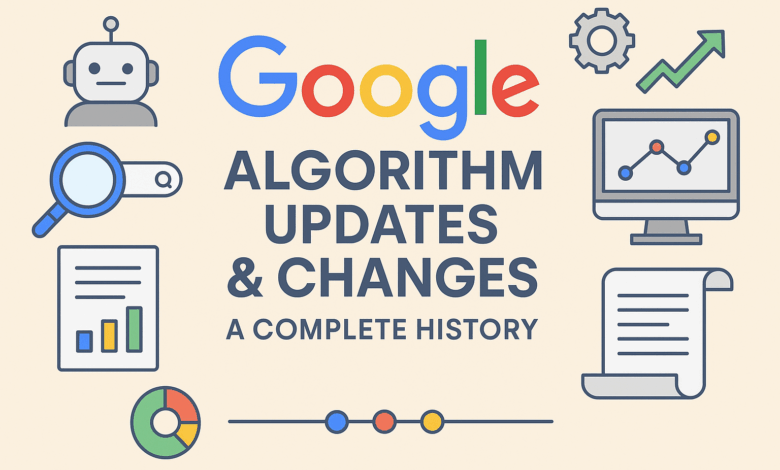
Google algorithm refers to a complex system specially designed to bring data from the vast database of Google when searched as a query. This fetching of data takes place within seconds. There is an incredibly large number of web pages in the search index of Google that contain a wide variety of data and information. Google algorithms are meant to assist users in finding the desired information from a whole lot available on the web. Google arranges the search results for a query in different ranks as per their relevance, quality, and other factors. This ranking is also done with the aid of specialized algorithms.
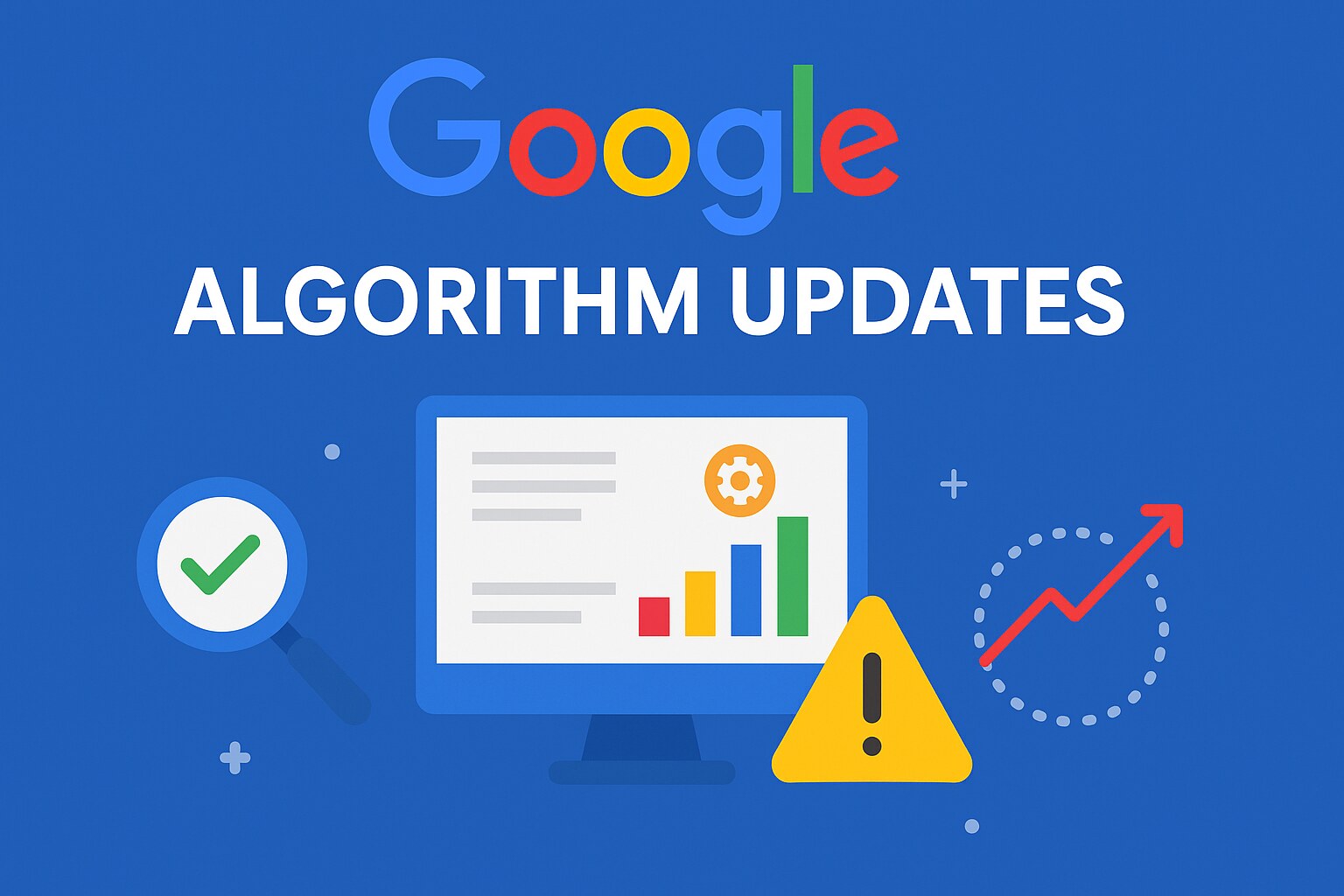
To enhance its performance and improve user experience, Google introduces specific updates in its algorithms from time to time. With every update, there is some new feature added by Google that enhances its functionality and makes it more effective and efficient to cater to users’ needs. These updates have resulted in improving Google so much. Lately, the frequency of Google updates in algorithms has been paced up, which was relatively slow previously. Let’s have a look at the history of major Google algorithm updates.
What are Google Algorithms and How Do They Work?
The algorithms employed by Google to retrieve material from its search index and offer the best possible results for a query are a complex system. On its search engine results pages, the search engine uses a combination of algorithms and several ranking parameters to offer webpages rated by relevancy (SERPs). Google’s algorithms were only updated a few times in its early years. Every year, Google makes thousands of updates.
June 2025 Google Algorithm Updates
Google’s June 2025 update rewards helpful, mobile-friendly content and good user experience. Sites with spam or poor quality may drop in rankings. Focus on quality, trust, and speed to maintain or improve your SEO.
March 2025 Core Update
Google’s March 2025 Core Update rolled out from March 13 to 27. It improves content quality checks and reduces spam. Websites with low-quality or AI-generated content may drop in rankings. Forums lost visibility, while Reddit gained. Google also targeted fake SEO tricks and low-value third-party content on big sites.
December 2024 Core Update
Google released the December 2024 Spam Update from December 19 to 26. Many websites lost rankings or got removed. It was not a link spam update. Affected sites should follow Google’s spam rules. Recovery may take months. Google makes such updates to remove bad content and improve search results.
Google December 2024 Spam Update
November 2024 Core Update
Google’s November 2024 Core Update started on November 11 and ended on December 5. It improved search results by showing better content. Many websites saw ranking changes. Google wants useful content, not just SEO tricks. If rankings dropped, focus on high-quality content. Google says good content will do well over time.
Google Algorithm August 2024 Core Update
Google’s August 2024 Core Update improves search results by prioritizing helpful content and reducing spam. It also addresses a separate search ranking issue from August 15, showing how complex search engine updates can be.
March 2024 Core Update Rollout Completed
Google changed how it picks websites for search results in March-April 2024. They focused on overall improvements, reducing unoriginal content by 45% and considering user interaction more. Website owners should adjust.
Google August Broad Core Algorithm Update 2023
Google introduced a wide-reaching core algorithm update to enhance search result quality. This update doesn’t single out sites but intends to recognize those offering valuable, pertinent content. The rollout may span two weeks, impacting rankings temporarily. Sites must prioritize quality content despite fluctuations.
Google April 2023 Review Update – April 12, 2023
Google’s April 2023 Review update is now complete, encompassing all types of reviews. It focuses on enhancing content quality and provides recommendations such as considering the reader’s perspective, demonstrating expertise, and offering valuable resources. Transparency and prioritizing important factors are emphasized.
March 2023 Core Update — March 15, 2023
The search engine results page (SERP) rankings may be significantly rearranged as a consequence of this update. The forthcoming update will give priority to pages that provide more value.
February 2023 Product Reviews Update — February 21, 2023
With this upgrade, reviews that are useless to users will be deleted. February 2023’s updated Google product reviews seek to raise the standard of product assessments by surfacing more sincere, in-depth, and insightful reviews.
December 2022 Link Spam Update for Google Search – December 14, 2022
Google admits that it is beginning to push out yet another helpful content update across search results. It started on December 5 and could take two weeks to finish. The goal of Google’s helpful content approach is to promote websites made with users in mind rather than search engines. It attempts to elevate content that goes above and beyond what is widely available from other publishers and offers distinctive value to the web.
Google October 2022 Spam Update Completed
Google has rolled out its October 2022 Spam Algorithm Update. Google has confirmed that a spam-fighting algorithm upgrade is being implemented across all languages and geographical regions’ search results. The October 2022 spam update is expected to take some time to fully take effect, according to Google. (Quite obvious considering that it took Google 11 months to organize its launch.
Google September 2022 Product Reviews Update Rollout Complete
Before the news emerged, the dominant search engine quietly updated the same on its Google Search ranking updates website.
The fifth in a series of adjustments to the algorithm that specifically target review sites.
Although Google issued a suggestion about a change to product reviews in August, this upgrade has only been released following the September Core Algorithm Update.
July 2022 Product Reviews Update Roll Out Completed
On July 27, 2022, Google’s July 2022 Product Reviews Update went live, and it was finished on August 2, 2022. This algorithm improvement was finished in only six days. Google uses its own techniques, as you are undoubtedly aware, and this upgrade is one of them. Review websites that create higher-quality content are rewarded.
July 2022 Product Review Algorithm Update
Google announced it formally on Twitter. On July 27, 2022, Google made changes to its algorithm for product reviews. This is the fourth upgrade in a series of algorithm changes geared at product reviews.
May 2022 Google Core Algorithm Update Rollout Completed (June 9, 2022)
Google just declared that the May 2022 wide core upgrade has reached the end of its rollout. The May 2022 core update rollout is officially finished, according to Google. Because Google releases significant upgrades gradually, it takes a few weeks before all of their effects are felt. Since November 2021, this is Google’s first significant core update in almost six months.
May 2022 Google Core Algorithm Update
A broad core algorithm change, dubbed the May 2022 core update, was recently carried out, according to Google. Expect widespread repercussions, such as increases or decreases in search rankings. Pages that lose rankings aren’t penalised; instead, they’re appraised against other web material published since the prior update. Improvements do not imply that the situation will improve. Choosing not to make any changes, on the other hand, will almost certainly result in no recovery.
March 2022 Product Reviews Update
The third iteration of Google’s product reviews upgrade has already been rolled out for almost three weeks. It’s known as the Google March 2022 product reviews upgrade, and it’s now live. The March 2022 product reviews update has now been completed, according to Google. This update, which was announced on March 23, has now been fully implemented over a 19-day period.
Desktop Rollout Completed for Page Experience On March 3, 2022
Finally, Google confirmed that the page experience update has been rolled out completely to the desktop results. On 22nd Feb, this update has started rolling out and concluded on 3rd Mar. It was a complete 9-day rollout.
User can now start measuring its impact on your search rankings, after this succession.
Product Review Update December 2021
In April, Google put out an update to those websites with shallow feedbacks that bring no value.
Google has intended to support sites that offer top to bottom reviews that assist clients in making an educated purchasing decision in its second 2021 update for product reviews.
November 2021 Core Update
In November 2021, Google released yet another broad core algorithm upgrade.
This update does not imply that something is wrong with your website. If you notice a dip in ranks, it’s merely a hint that your content needs to be updated. Before doing anything more, you only need to edit the material.
There’s no reason to panic because nothing is irreversible.
November 2021 Spam Update
The implementation of Google’s November Spam Update has begun, according to the company.
It’s similar to the core ones in that this massive search engine sought to change the nature of search results by excluding destinations that the algorithms deem dangerous.
The Google Link Spam Algorithm has been updated. – July 26, 2021
Google said that it was starting to push out an algorithm update focused at detecting and eliminating link spam. Google has cautioned that sites that engage in link spam strategies may see their rankings affected, with sponsored, guest, and affiliate content being the most vulnerable. The upgrade will be fully disseminated out in “at least” two weeks, according to Google, and will affect numerous languages.
Core Update Completed – July 12, 2021
The July 2021 Core Update distribution was successfully completed on July 12th, according to Google Search Liaison. There were no other details supplied.
Core Update – July 1, 2021
The July 2021 Core Update is rolling out, according to Google Search Liaison, and will take one to two weeks to complete. The Google Search Central Blog contains Google’s instructions for core changes.
Spam Update Part 2 – June 28, 2021
Google Search Liaison said on Twitter that the second phase of their spam update would begin on June 28th and will most likely be completed that day. The original announcement related to a post on the Google Search Central Blog about how Google combated Search spam in 2020, which was updated in April 2021.
Spam Update June 2021 – June 23, 2021
Google’s Danny Sullivan revealed on Twitter that a spam-fighting algorithm change was being rolled out to search results. The upgrade was supposed to go live on the same day. Within a week, he said, a second spam upgrade would be released. Google did not specify who or what this upgrade was aimed against.
Page Experience Update – June 15, 2021
The page experience rollout is complete now, including updates to Top Stories mobile carousel. Changes to Google News app have started to rollout as well and will be complete in a week or so.
— Google Search Central (@googlesearchc) September 2, 2021
Google has begun pushing out its long-awaited Page Experience update. According to Google, sites should not expect major changes as a result of this update, and any unexpected decreases or spikes should be reduced by the progressive deployment procedure. By the end of August 2021, the implementation will be complete.
Known Victims Protection – June 10, 2021
Pandu Nayak, a Google Fellow and Vice President of Search, wrote an article for The Keyword blog on June 10. He talked about Google’s efforts to improve the algorithm so that sites that “use exploitative removals tactics” and “predatory practises” are demoted. He also provided a link for reporting internet harassment.
Broad Core Algorithm Update – June 2, 2021
Danny Sullivan, Google’s Search Liaison, stated on Twitter that a major core algorithm upgrade was going to be launched. Some anticipated changes weren’t ready for this update, according to Sullivan, so those elements will be sent out as part of a second, related broad core algorithm update expected for July.
Product Reviews Update – April 8, 2021
“Product reviews that provide in-depth research, rather than thin information that just summarises a variety of products,” according to the new search ranking algorithm update. Google also included nine things to think about while writing and publishing product reviews in their release.
Passage Ranking – February 10, 2021
Danny Sullivan, Google’s Public Liaison for Search, revealed on Twitter that Passage Ranking is now available in the United States for English-language inquiries. “This move doesn’t mean we’re indexing individual passages independently of pages,” Google says. We’re still indexing pages and ranking information about full pages. However, we may now use excerpts from pages as a ranking component as well…”
- Google passage ranking now live in US English search results (SEL)
- How AI is powering a more helpful Google (Google)
Dec 2020, Core Update
Google rolled out a core algorithm update in the month of Dec. In the calendar year, it is the third algo update.
May 2020, Core Update
Danny Sullivan of Google has tweeted that broad core algorithm update. They releases such updates several times per year.
January 2020 – Featured Snippet Deduplication
In this update, webpages present in a featured snippet position will no longer be repeated in regular Page 1 organic listings. This update 100% affected search listing globally.
January 2020 Core Update:
It was confirmed that this update for sure will effect the search results globally. It is not that update that will targets something particular like the speed update.
Bert (Worldwide)-2019:
Google again in its much awaited update which was rolled out worldwide included many globally recognized langugages. It was also announced that it was the biggest change in the last 5 years.
Bert-2019:
There was much hype created about the BERT launch (Bidirectional Encoder Representations from Transformers) update in 2019. Like Rankbrain, it is also a machine-learning algorithm for Natural Language Processing (NLP). By using the context of words in a sentence, BERT was able to figure out a query’s meaning. It is instead a huge step forward in improving the search result experience for users.
Rankbrain-2015:
This update is said to be one of the state-of-the-art algorithm updates by Google. It is because it employed machine learning for handling queries. It improved and enhanced the search results by suggesting similar meaning words for the words it doesn’t know in the query. It helped Google understand the intention behind a search query and then suggest results accordingly.
Mobbilegedon-2015:
Google’s mobile-friendly update, known as Mobbilegeddon, was launched on 21 April 2015. Its use was further extended as a ranking signal. It had its impact on almost every website but not more potent than Panda and Penguin. It classified pages as either mobile-friendly or not. There was no in-between. It enhanced the user experience to a new level.
Google Pigeon-2014:
The Google Pigeon update was launched on 24 July, 2014. It was intended to enhance local search results. The local businesses and Google Maps also saw its effects. It used user’s location to personalise search results for them based on their nearness from user’s location.
Hummingbird-2013:
The Hummingbird was probably the most revolutionising update by Google launched in the fall of 2013. It provided the foundation for voice-search results, which is still a growing concept. It put emphasis on the entire query rather than just considering keyword and thus providing better search results.
Payday-2013:
The Payday update was launched by Google in 2013, aiming to target spammed sites and queries. It was later updated three more times to improve functionality. It compelled SEO professionals too may keen attention to Google’s webmaster guidelines while designing the content on their websites.
Exact Domain Match EDM update-2012:
Google launched the Exact Domain Match EDM update in 2012. This update was aimed to target exact match domain names. It also took into consideration the quality of content on the websites to evaluate the value of these kinds of poor-quality websites for the users. It was a compelling update to reduce black hat SEO tactics’ practice among SEO professionals.
Google Penguin-2012:
Google Penguin update was a webspam algorithm update that was launched in April 2012. It was established to target manipulative link building and link spam to enhance Search Engine Optimisation SEO. It was a useful update to cope with low-quality content. It provided more control to Google over Black Hat SEO practices. It analysed whether a website is trying to trick the search engine by giving fake backlinks. It discouraged this kind of tactics to improve ranking. It was further updated about five to six times by Google.
- GOOGLE’S PENGUIN ALGORITHM
Panda Update-2011:
The Panda update, launched on 23 February 2011, is regarded as the first major and noticeable update in modern SEO. It worked to improve thin search result content and recognise websites that were purely created to rank in the search engines.With more focus on on-page factors, it analysed whether a website is providing any genuine value to the users or not. Affiliate sites and thin content sites were the main targets of the Panda update.
Caffeine (preview-2009) (rollout-2010):
The caffeine update, introduced in August 2009, was intended to make changes in the infrastructure.Its main purposes were enlarging the total index, incorporating ranking immediately and speeding up crawling. It was rolled out in June 2010 by Google.
Google Suggest-2008:
It was quite a notable update introduced in August 2008. As the name implies, this update enabled Google to suggest the expected searching when the user typed his query. It was also used to power Google Instant.
Supplemental Update-2006:
The supplemental update was designed and introduced for making supplemental index changes in November 2006. It transformed the way page filtering was handled previously. Although it seemed like a penalty, Google clarified that it was not a penalty.
Jagger-2005:
Google unleashed the series of Jagger algorithm updates in October 2005.It targeted low-quality links. Low-quality links include paid links, link farms and reciprocal links.
Gilligan-2005:
It was first perceived as a false update. It was because Google announced that it had not introduced any significant update to the algorithm. However, changes were observed all over the board.
Allegra-2005:
This update was announced in February 2005. The update’s key features were never revealed; however, as per the speculation, it had an impact on the sandbox. Some also thoughtan update took place in LSI, while others thought it was introduced to take action against hidden links.
Nofollow-2005:
Introduced in January 2005, Google, Microsoft and Yahoo implemented this update on the same time. It was introduced to aid in fighting against spam and to enhance outbound link quality. It also helped in cleaning up spammed blog comments.
Brandy-2004:
This update came after a month of the previous update, Austin. The Brandy update put more emphasis on link neighbourhoods, latent semantic index and anchor text relevance. It also boosted keyword analysis and finding search terms’ synonyms with Latent Semantic Index LSI’s help.
Austin-2004:
The Austin update had a solution for the drawbacks of Florida. The main purpose remained the same, i.e. targeting websites employing unethical tactics to improve their ranking on Google algorithm. It included additional features of META-tag stuffing and invisible text.
Florida-2003:
The Florida update, introduced on 16 November 2003, has a significant place in Google algorithm updates. Its main purpose was to change ranking signals. It discouraged SEOs from employing black hat tactics. As a result of this update, many websites involved in using unethical tactics suffered, which discouraged others on the same path.Business owners showed their dislikes the most with this update coming into action.
Fritz-2003:
With the introduction of Fritz in July 2003, the monthly Google Dance came to an end finally. Like Esmeralda, it was also implemented for making changes in the infrastructure of the Google Index. It ended monthly updates of the index and instead introduced daily index updates. It provided stability to search results with quick indexing and targeted websites using black hat SEO tactics and techniques like hidden links or hidden texts.
Esmeralda-2003:
The second last update in the alphabetically ordered Google algorithm updates was the Esmeralda update in June 2003. It basically changed the infrastructure of the Google index. It replaced “Google Dance” with “The Everflux.” It implemented massive structural changes in Google.
Dominic-2003:
Introduced in May2003, Dominic update had a massive impact on search results. As per speculation, this update’s main features were additional theme-based search results and backlinks reporting or counting.
Cassandra-2003:
Cassandra update took place in April 2003. It was also meant to change ranking signals. It enabled Google to target spammy websites that are involved in black hat SEO tactics, such as using backlinks. Hidden texts and links and backlinks from co-domains were the main targets of this update. It helped Google in coping with basic link-quality problems.
Boston-2003:
It was the first named Google algorithm update that took place in February 2003. It was announced at SES Boston and therefore named as Boston update. The main feature of this update was a change in ranking signals.From here started a series of updates in alphabetical order, starting from b to f.
Google toolbar-2000:
This web browser toolbar, known as Google toolbar, was introduced to the search engine in December 2000.Along with this,TBPR Toolbar Page Rank was also introduced, which gave rise to all these arguments about Search Engine Optimisation SEO.You can see this toolbar on the top of the Google’s tab bar. The main features of this update include website search, PageRank and automatic location of search terms. It was later updated around eight times to enhance its features, and the marketing experts of cheap assignment writing UK use this Google toolbar for SEO purposes.

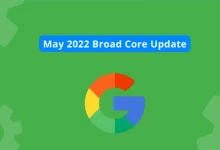

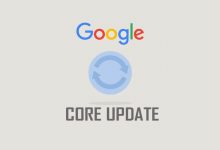
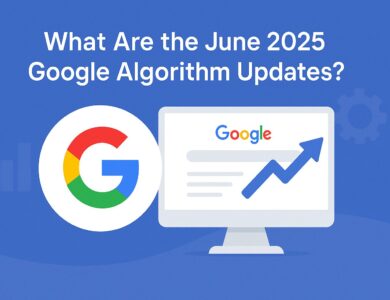
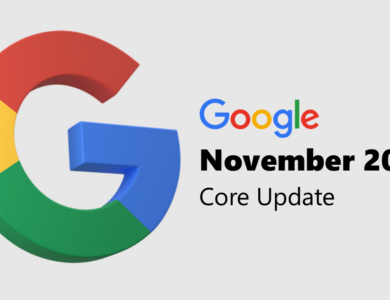
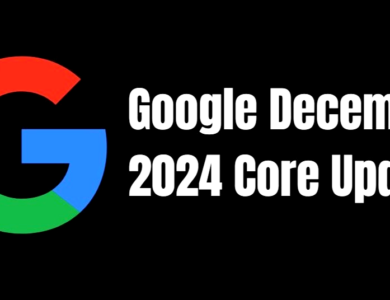
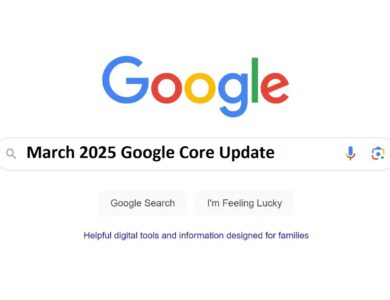
Excellent blog right here! Additionally your site quite a bit up fast! What host are you the use of? Can I get your associate link for your host? I wish my website loaded up as quickly as yours lol
Great work. this content is very helpful for SEO.
Thankyou for sharing this quick update
Thanks for sharing with us
I loved your website it is best for OFF page SEO.
Thanks for Informative article
Really liked your content . Thanks for sharing and keep posting like this .
Google’s algorithm is a marvel of efficiency, sifting through an immense database to deliver relevant results in milliseconds. Its sophisticated ranking system ensures that users receive the most pertinent and high-quality information for their queries.
We love hearing from you! Keep commenting.
Thanks for putting this timeline together—super helpful! It’s crazy to see how much Google’s algorithm has evolved over the years.